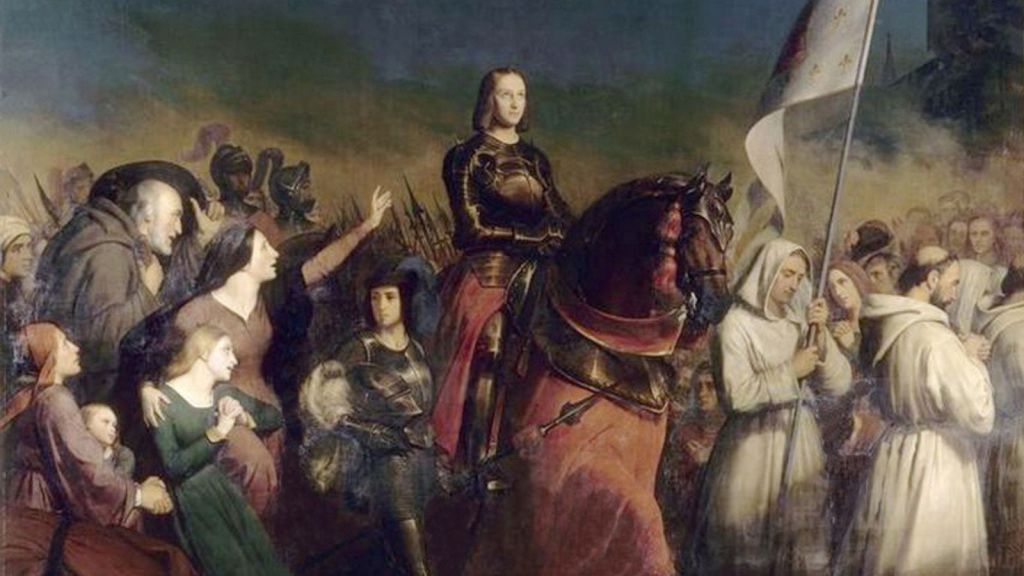“From Mad Geniuses to Misunderstood Visionaries: Discover the 12 Historical Figures Whose Outrageous Ideas Shocked Their Times!”
He was ultimately sentenced to death for corrupting the youth with his radical ideas. Ironically, the methods that earned him ridicule and punishment became the cornerstone of Western philosophy, emphasizing the value of critical thinking.
7. Emily Dickinson


Emily Dickinson was thought to be eccentric, even bizarre, by her peers. She spent most of her life secluded in her home and communicated with the world primarily through letters. Her reclusive nature and refusal to follow literary conventions made her seem “odd” to those around her.
Her poetry, dismissed as too unconventional at the time, is now revered for its depth and innovation. What was once considered strange and unrelatable has become some of the most celebrated literature in history.
8. Charles Darwin


Charles Darwin’s theory of evolution wasn’t just controversial, it was explosive. In a society where religious beliefs dominated, suggesting that humans evolved from common ancestors with apes was considered blasphemous. Many saw him as undermining morality and religion, and his ideas were openly mocked.
Despite the ridicule, Darwin’s theory of natural selection became the bedrock of modern biology. What people once laughed at now explains the diversity of life on Earth.
9. Ignaz Semmelweis


Semmelweis’ insistence on handwashing in the 1840s seemed absurd to his contemporaries. The concept of “invisible particles” causing disease wasn’t widely accepted, and many doctors felt insulted by his implication that they were the problem.












